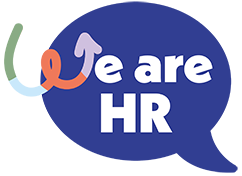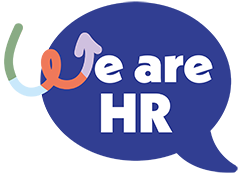Table Of Contents
Introduction
In the ever-evolving landscape of the modern workplace, diversity and inclusion have transcended mere corporate buzzwords. A growing number of forward-thinking companies are recognising the unique strengths that neurodiverse individuals bring to the table. This article aims to explore the concept of neurodiversity, shed light on the advantages it offers in the workplace, and provide an in-depth guide on how organisations can build and support a neurodiverse workforce.
Understanding Neurodiversity
Neurodiversity encompasses individuals with developmental disabilities such as autism, ADHD, and social anxiety disorders. Despite facing social challenges, neurodiverse individuals often exhibit above-average abilities in areas like analysis, information processing, and pattern recognition. Recognising and harnessing these unique skills can lead to a more innovative and productive workforce.
The Untapped Potential
The National Autism Indicators Report from Drexel University paints a concerning picture: 51% of workers on the autism spectrum possess skills beyond their job requirements, yet less than one in six have full-time employment. This underscores the untapped potential within this demographic. Companies willing to look beyond traditional hiring norms can access a pool of highly qualified and innovative individuals.
Companies Leading the Way
Several organisations are setting the standard for neurodiversity initiatives. EY, for example, has established a Neuro-Diverse Centre of Excellence, where neurodiverse employees contribute significantly to efficiency improvements. In the U.S., the National Geospatial-Intelligence Agency (NGA) is piloting a programme to recruit, hire, and retain neurodivergent candidates, recognising their unique skills in attention to detail, problem-solving, and out-of-the-box thinking.
The Israeli Defence Forces (IDF) and Australia’s Defence Department are also noteworthy examples. The IDF has a team primarily staffed with neurodiverse individuals who excel at recognising patterns in data, while the Australian Defence Department is adapting the IDF’s assessment methods to develop a neurodiversity programme in cybersecurity.
Advantages of Neurodiversity
As businesses increasingly rely on advanced technology, the demand for STEM talent grows. Neurodiverse individuals, with their penchant for analytical thinking and innovative problem-solving, stand out in these fields. Hiren Shukla, the Neuro-Diverse Centre of Excellence leader at EY, highlighted how neurodiverse employees streamlined processes, reducing task durations from hours to minutes.
Keys to Building a Neurodiverse Workforce
Leadership Buy-In
Engage leadership in open and transparent conversations about the benefits of a neurodiverse workforce. Companies like EY have seen success by fostering an inclusive culture from the top down.
Community Engagement
Collaborate with community groups, government agencies, and non-profits to tap into neurodiverse talent pools. EY’s Hiren Shukla emphasises the win-win nature of these collaborations, where agencies find meaningful work for neurodiverse individuals and companies find valuable talent.
Adapt hiring practices
Reframe traditional notions of a “good candidate” by focusing on assessing skills and capabilities rather than superficial norms. EY transformed its interview process to eliminate unnecessary stressors for neurodiverse candidates.
Patience in Building a Candidate Pool
Building a neurodiverse candidate pool takes time. EY’s two-week hiring process, including virtual assessments and on-site team simulations, ensures that the selected candidates are not only qualified but also thrive in a team environment.
Expert-Driven Training
Provide expert-driven, two-way training for both neurodiverse and neurotypical employees. Sharing experiences and fostering understanding creates a collaborative work environment. Michael Ando, an EY employee on the autism spectrum, emphasises that interpersonal difficulties should not be barriers to a high-performing team.
Accommodations
Neurodiverse individuals may have sensitivities to factors like temperature, sound, and lighting. Companies should be ready to provide accommodations such as noise-cancelling headphones, privacy rooms, or flexible work schedules to ensure a comfortable and productive work environment.
Amplify the message
Internally and externally, promote the neurodiversity programme to create awareness and normalise the concept. EY is open sourcing its neurodiversity initiatives, contributing to its reputational value and fostering a broader understanding of the benefits of neurodiverse employment.
Conclusion
In conclusion, embracing neurodiversity is not just a social responsibility but a strategic imperative. Companies that actively seek to build and support neurodiverse workforces are positioning themselves for success in an era where innovation and adaptability are paramount. By understanding and implementing the keys to neurodiversity outlined in this guide, organisations can foster an inclusive, innovative, and thriving workplace culture.


